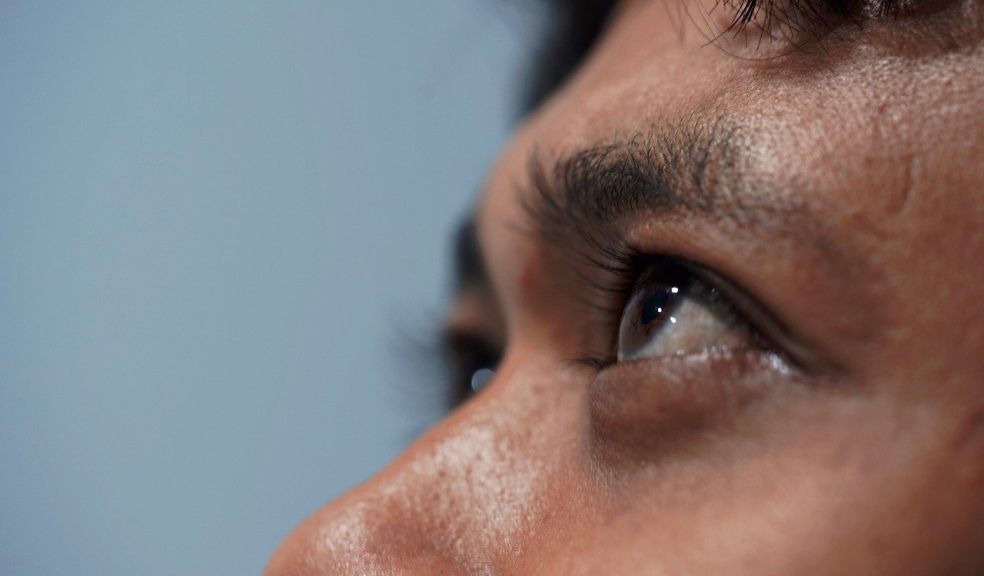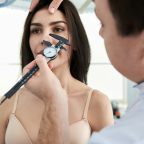
What You Can Expect from a Home Eye Test
There are plenty of reasons to book a home eye test, whether you’re elderly, mobility challenged or simply can’t be bothered to go to the optician. However, many people are curious as to how eye tests at home tend to work out. Are they the same quality as the visits you take to the opticians? Will they follow the same steps? How much of the equipment can they actually bring to my house? These are valid questions, however, there’s nothing to fear about at-home eye tests.
This piece breaks down what you can expect if you book a home eye test, so you can be confident that the process will cover all the bases that you’re used to from visiting an optician.
Step 1: Scheduling
Before the actual meat and potatoes of home eye tests begin, there comes the scheduling process. With a good organisation, this should be fairly straightforward: getting in touch through a website form, email or on the phone to book an appointment with an optician who will come to your home. One of the benefits of eye testing at home is that opticians will generally work around your schedule, rather than trying to fit you into a busy office.
Step 2: Eyechart reading
Once the home eye test begins, the first test will usually be the eyechart or ‘Snellen Chart’ reading. It’s a classic for a reason! In this process, you’ll be guided from top to bottom, reading the letters from around 3m away.
Step 3: Eye muscle tests
After seeing how your reading is, the optician will check that your eye muscles are functioning properly.
This process generally involves:
- Sitting or standing with a straight, still head
- An object being held around 16 inches from your face
- The object being moved around for your eyes to follow without moving your head
- Performing a quick cover/uncover test to judge each eye individually
- Finishing with an alternate cover test, with 3-4 cycles
Step 4: Light response
Next in the at-home eye test is seeing how your eyes respond to light. This generally involves asking you to focus on an object in the distance, then shining a light into the eye to see how the pupil reacts, often with some movement and eye swapping incorporated.
Step 5: Fundoscopy
During the fundoscopy stage, the optician will examine the back of your eye (the retina) using a handheld ophthalmoscope or similar device. This step is crucial for identifying signs of eye conditions such as macular degeneration, diabetic retinopathy, or retinal detachment. The optician will shine a light into your eye to get a clear view of the retina, optic nerve, and blood vessels, ensuring that your eye health is thoroughly assessed.
Step 6: Eye pressure test
The next step of the home eye test involves checking your eye pressure, an essential screening for glaucoma. Using the iCare device, the optician will gently place a small probe against your eye to measure the pressure.
This method is quick, painless, and doesn’t involve air puffs, making it far more comfortable and less startling than traditional methods.
Step 7: Refraction Test
The refraction test determines your exact prescription for glasses. The optician will use trial lenses to present different options, asking you to compare and choose which lenses provide the clearest vision. This test is a cornerstone of ensuring that your corrective eyewear is perfectly tailored to your needs.
Dependant: Peripheral vision test
If it’s relevant based on your age, medical history and other factors such as pre-existing conditions, the optician might then test your peripheral vision.
Post Test: Frame Selection & Lens Options
Once your prescription has been determined, the optician will guide you through selecting the best frames and lenses to suit your vision needs. This step involves:
- Lens Options: The optician will discuss lens types and coatings, such as anti-reflective, blue light filtering, or transition lenses, tailored to your lifestyle and preferences.
- Frame Selection: You’ll have the opportunity to browse a variety of stylish and practical frames that suit your face shape and personal style, all conveniently brought to your home.
This part ensures your eyewear is not only functional but also complements your personality and needs.
The aftermath
After you’ve chosen your lenses and frames, the optician will organise a delivery, along with setting up future conversations for aftercare. Now that you know what to expect, get your home eye test booked in! You can trust that you’ll get all the same care you would be visiting the opticians.













